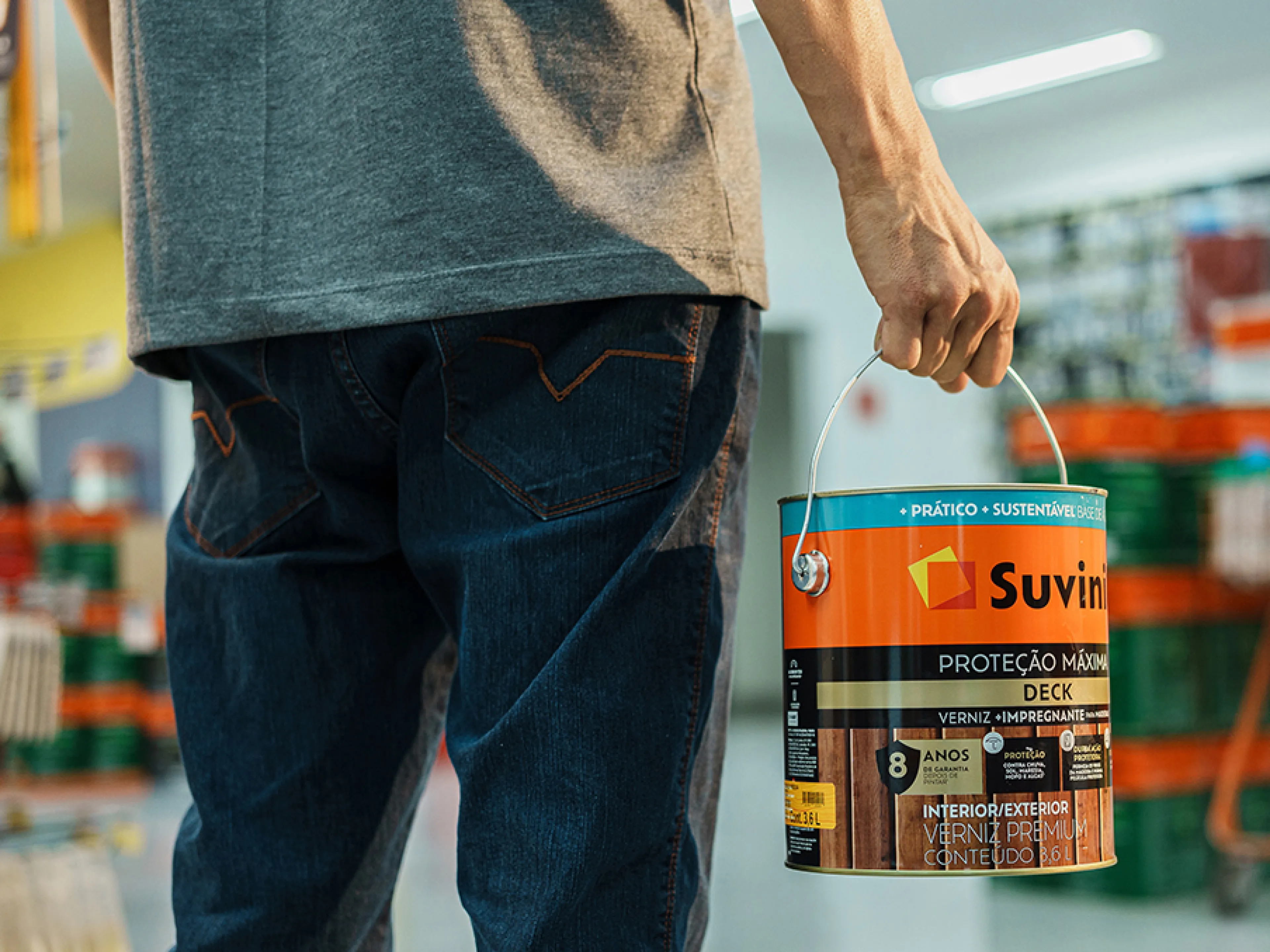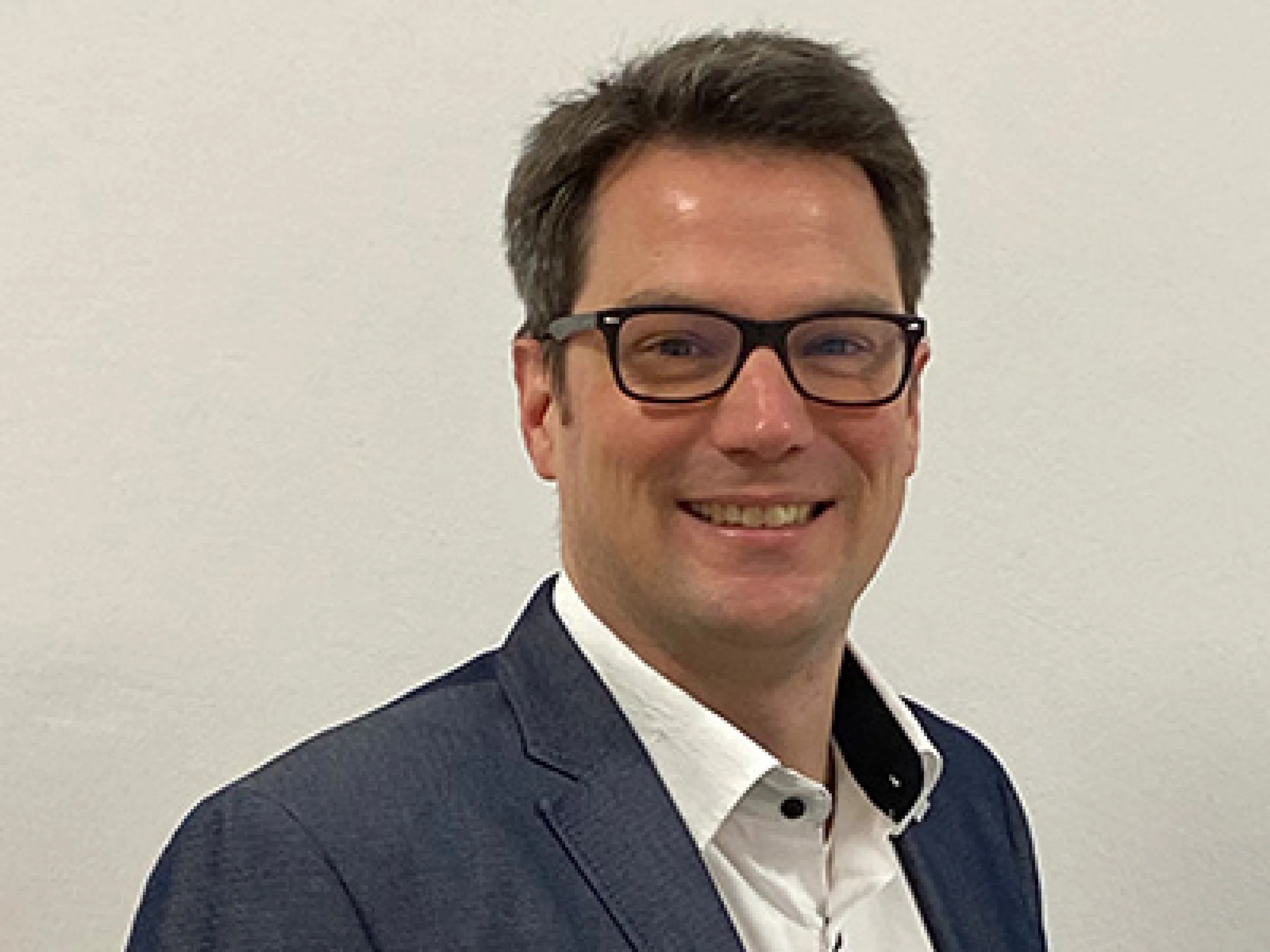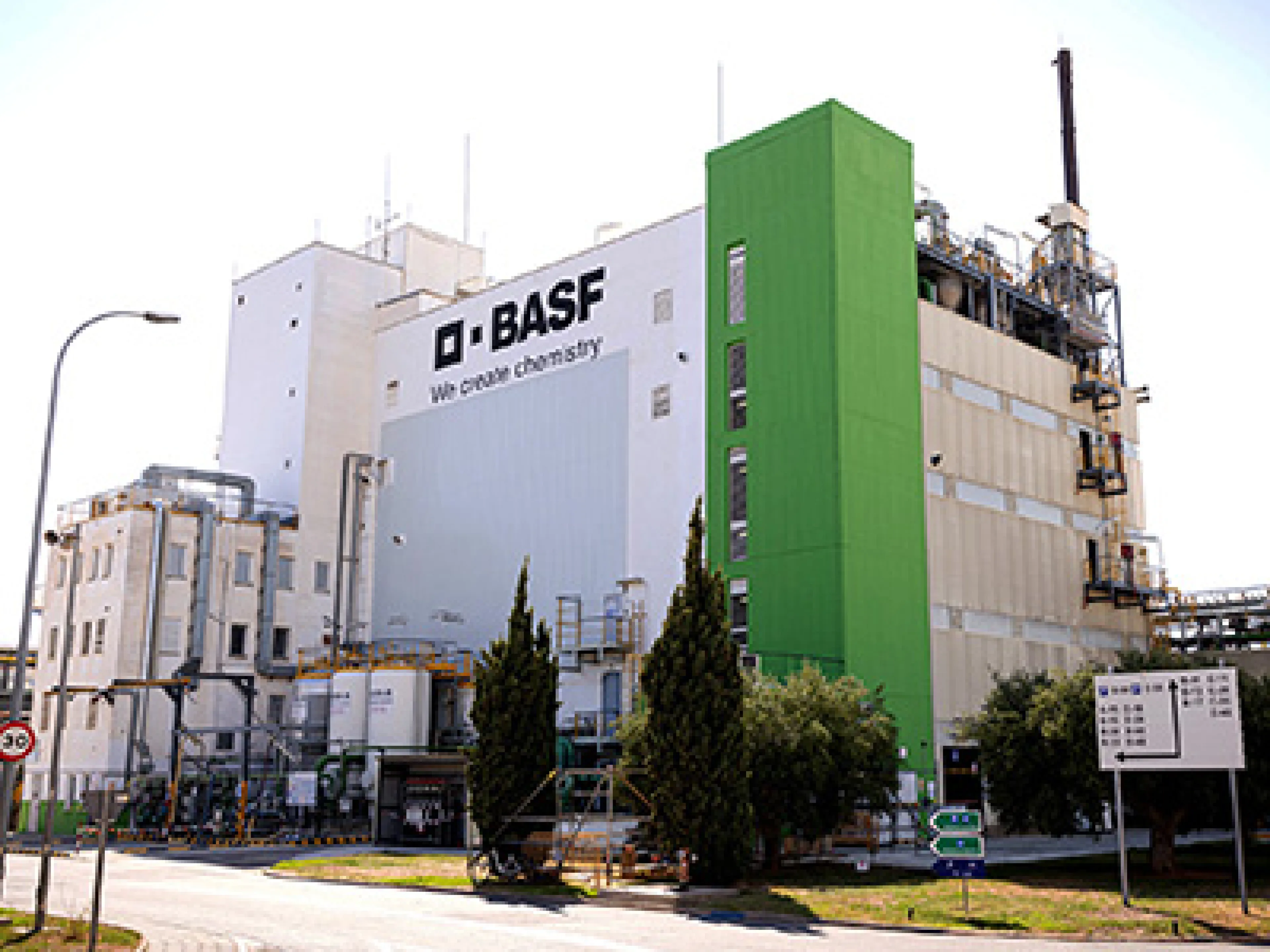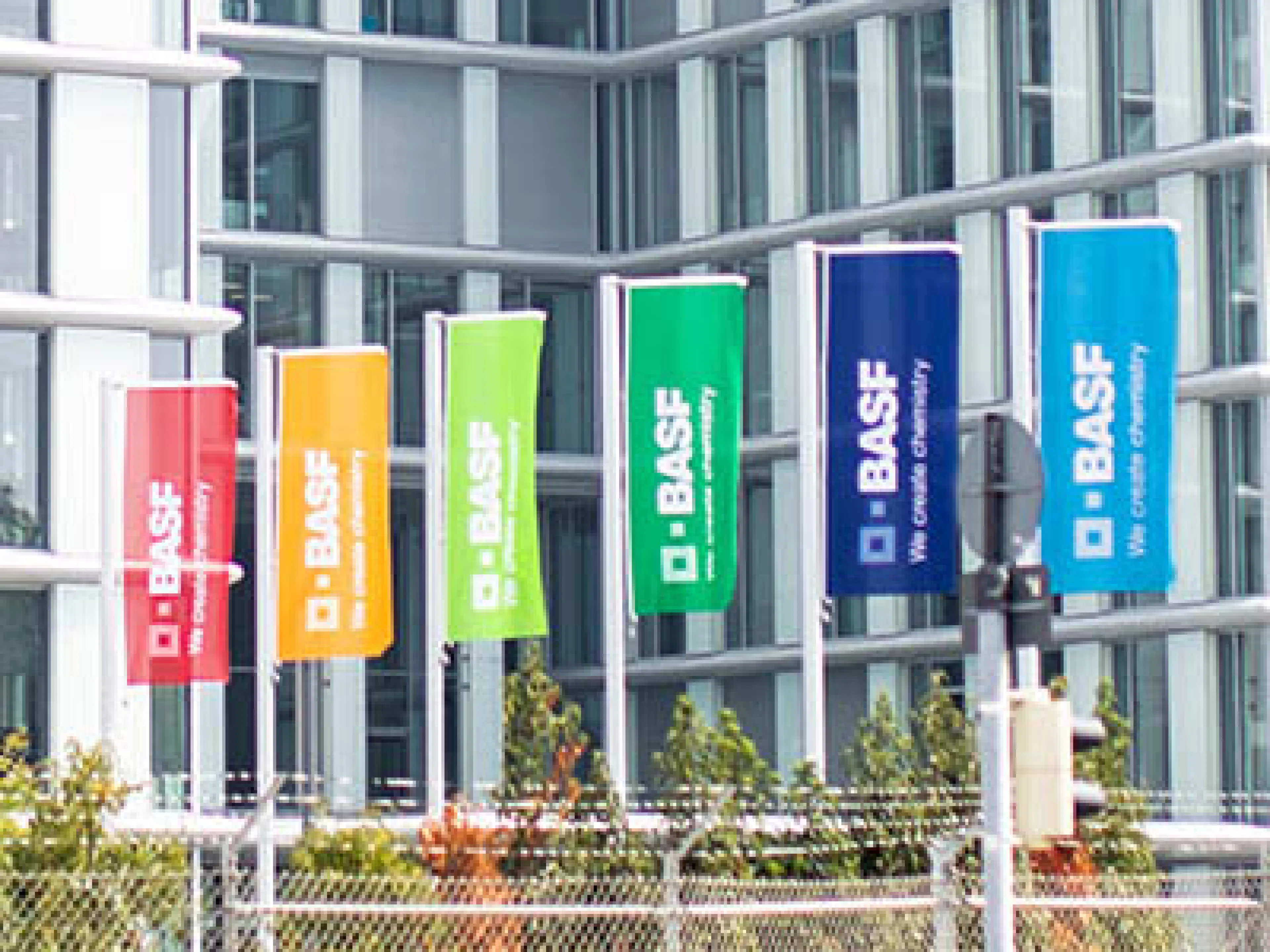
Germany's largest proton exchange membrane (PEM) electrolyzer has gone into operation at BASF's Ludwigshafen site. The plant, which has a capacity of 54 megawatts, is used for the CO2-free production of hydrogen. It will produce up to one ton of the chemical raw material per hour, which is important for the site. After a construction period of around two years, the electrolyzer was inaugurated in the presence of Rhineland-Palatinate's Minister for Climate Protection, Environment and Mobility, Katrin Eder, and Udo Philipp, State Secretary at the Federal Ministry for Economic Affairs and Technology.
Direct integration of the technology into a chemical production environment is unique worldwide
The water electrolyzer built in cooperation with Siemens Energy is embedded in the production and infrastructure at the Ludwigshafen site and is therefore unique worldwide in its connection and integration into a chemical production environment. A total of 72 so-called stacks were installed in the plant. These are modules in which the actual electrolysis process takes place. The electrolyzer has the potential to reduce greenhouse gas emissions at the main BASF site by up to 72,000 metric tons per year.
The emission-free production of hydrogen - using electricity from renewable sources - is an important building block for the market ramp-up of chemical products with a reduced CO2 footprint. The hydrogen produced will be fed into the site's H2 network and made available from there to the production plants as a raw material. In addition to using it as a raw material for chemical products, BASF plans to make the hydrogen available for mobility in the Rhine-Neckar metropolitan region, for example, in order to support the development of a regional hydrogen economy.
BASF is investing around €25 million
The construction of the plant was subsidized by the Federal Ministry for Economic Affairs and Climate Protection together with the state of Rhineland-Palatinate with up to €124.3 million. Of this, €37.3 million was financed by the state of Rhineland-Palatinate. BASF's investment amounts to around €25 million. The project, entitled “Hy4CHem”, was selected as part of the IPCEI Hydrogen expression of interest process and subsequently funded as an individual project.
Water electrolyzer advances transformation at BASF's main plant
Katja Scharpwinkel, member of the BASF Board of Executive Directors and head of the Ludwigshafen site, explains: “The commissioning of the electrolyzer makes it possible for us to support our customers in achieving their climate targets by offering them products with a lower carbon footprint. At the same time, we are gaining experience at our largest Verbund site with the integration and operation of a system that brings us another step closer to transforming our main plant in Ludwigshafen. We welcome the fact that the federal government and state government have recognized the importance of this technology and provided us with significant support toward the project’s implementation.”
Key signal for ramp-up of products with reduced carbon footprint
Hydrogen is used, among other things, in the production of ammonia and methanol or is needed for the production of vitamins. In Ludwigshafen, hydrogen has so far been produced primarily by steam reforming using natural gas, or it is produced as a by-product. With the electrolyzer, BASF is now taking an important step towards a change in technology in H2 production.









